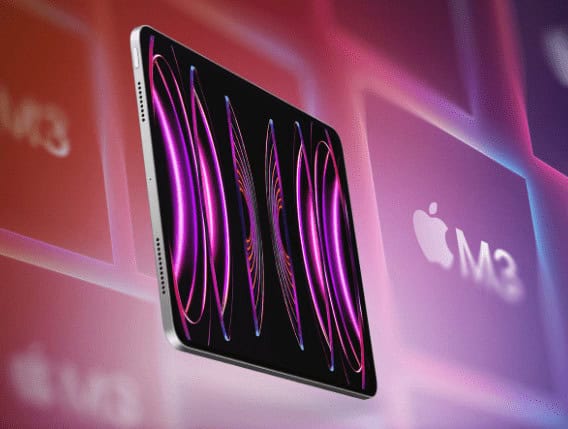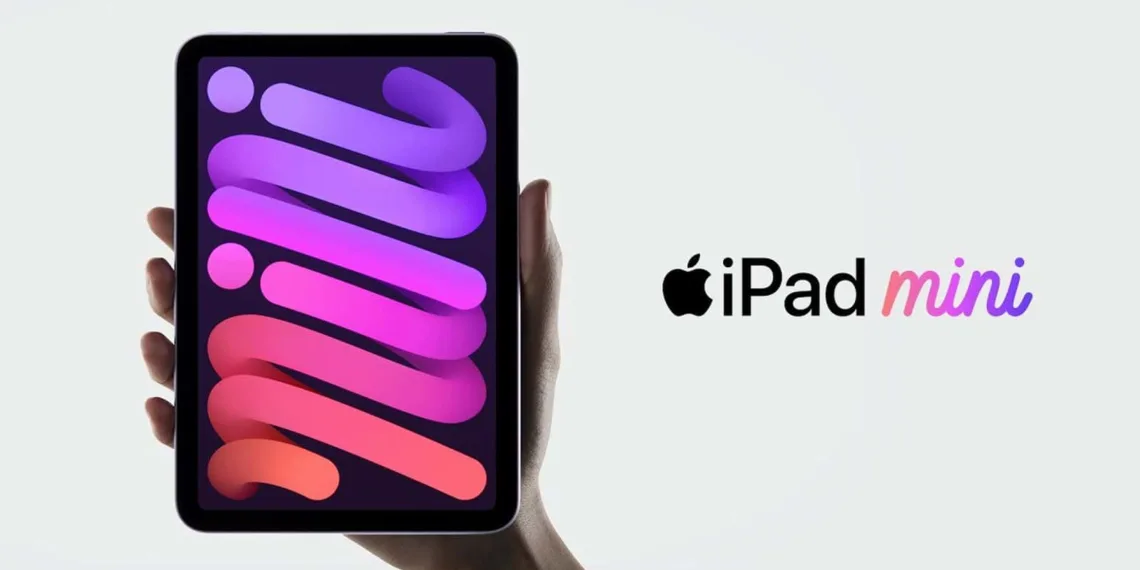Apple introduced the current iPad mini in September 2021, featuring notable upgrades such as an expanded 8.3-inch display, a USB-C port, a Touch ID power button, the A15 Bionic chip, 5G support for cellular models, a 12-megapixel rear camera with Center Stage functionality, compatibility with the second-generation Apple Pencil, and various other enhancements.

The Rumored 2024 iPad Mini
In terms of the launch timeline, Apple is targeting the commencement of mass production for the seventh-generation iPad mini in the latter half of 2024, as indicated by supply chain analyst Ming-Chi Kuo. This implies manufacturing starting in July or later. Considering Apple’s tendency not to unveil new products in July or August, the next iPad mini is expected to be officially introduced in September or October of the following year, aligning with the speculated production timeline.

Anticipated improvements for the upcoming iPad mini include, at a minimum, a faster A16 Bionic chip as part of a routine spec upgrade. Rumors also suggest upgraded front and rear cameras, deviating from the current model’s 12-megapixel rear camera with an ƒ/1.8 aperture and a 12-megapixel Ultra Wide front camera with an ƒ/2.4 aperture.
Furthermore, new color options are expected for the next iPad mini, departing from the existing choices of Space Gray, Starlight, Pink, and Purple. Enhanced connectivity features are likely, with the new model supporting Wi-Fi 6E and Bluetooth 5.3, facilitating faster Wi-Fi speeds with compatible routers and improved Bluetooth connectivity. Apple has already incorporated Wi-Fi 6E and Bluetooth 5.3 support in its latest iPad Pro, iPhone 15 Pro models, and most recent Macs.

Addressing a potential issue, the new iPad mini is rumored to feature a rotated screen assembly, aimed at mitigating the impact of “jelly scrolling” screen tearing in portrait orientation. This effect can cause text or images on one side of the screen to appear tilted downwards due to a discrepancy in refresh rates.








